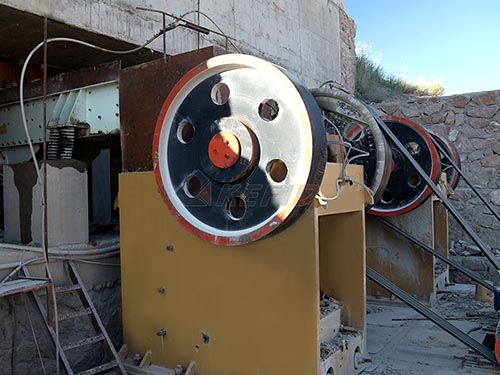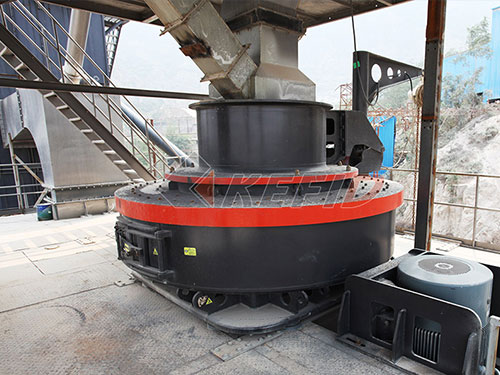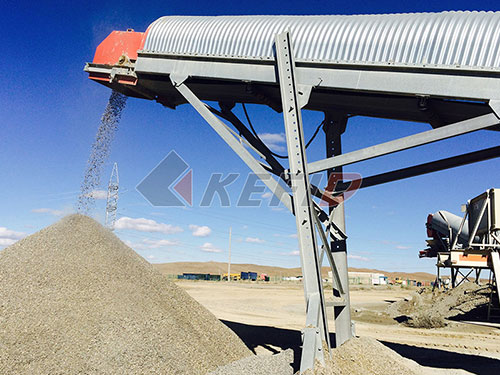
Navigating the Market for Used Jaw Crushers (“Jaw Crusher Bekas”): A Practical Guide
The term “Jaw Crusher Bekas” – translating directly from Indonesian/Malay as “Used Jaw Crusher” – represents a significant segment of the crushing equipment market worldwide, particularly attractive in regions prioritizing cost-effective solutions for aggregate production, mining, and recycling operations.
For businesses seeking robust primary crushing capabilities without the hefty price tag of brand-new machinery, exploring jaw crusher bekas offers undeniable appeal. However, navigating this market requires informed decision-making to balance initial savings against potential long-term costs and reliability concerns.
Why Consider a Used Jaw Crusher?
1. Significant Capital Savings: The most compelling advantage is the substantial reduction in upfront investment compared to purchasing new equipment.
2. Proven Technology: Jaw crushers are mature technology with well-understood designs and operating principles.
3. Faster Deployment: Availability can sometimes be quicker than waiting for new machine manufacturing and delivery.
4. Established Performance History: Reputable sellers often provide details on the machine’s prior application and maintenance history.
5. Lower Depreciation: The steepest depreciation curve has already passed.
Crucial Considerations When Evaluating “Jaw Crusher Bekas”:
While attractive financially, buying used demands thorough due diligence:
1. Condition Assessment is Paramount:
Wear Parts: Inspect jaw dies/cheek plates meticulously – these are consumables but excessive wear indicates heavy use or neglect; factor replacement costs immediately into your budget.
Frame & Structure: Look for cracks, significant repairs (especially welding), or structural damage compromising integrity.
Bearings & Eccentric Shaft: Check for excessive play, unusual noise (indicating wear), signs of overheating (discoloration), or leakage around seals.
Toggle Plate & Seats: Inspect for cracks or excessive wear; these are critical safety components.
Lubrication System: Ensure pumps and lines are functional and clean.

Overall Wear & Tear: Assess general condition – rust levels (especially internally), hydraulic leaks (if applicable), electrical wiring integrity.
2. Origin & History Matters:
Usage Hours/Production Tonnage: Obtain verified records if possible.
Previous Application: Was it crushing abrasive granite or softer limestone? This impacts internal wear significantly.

Leave a Reply